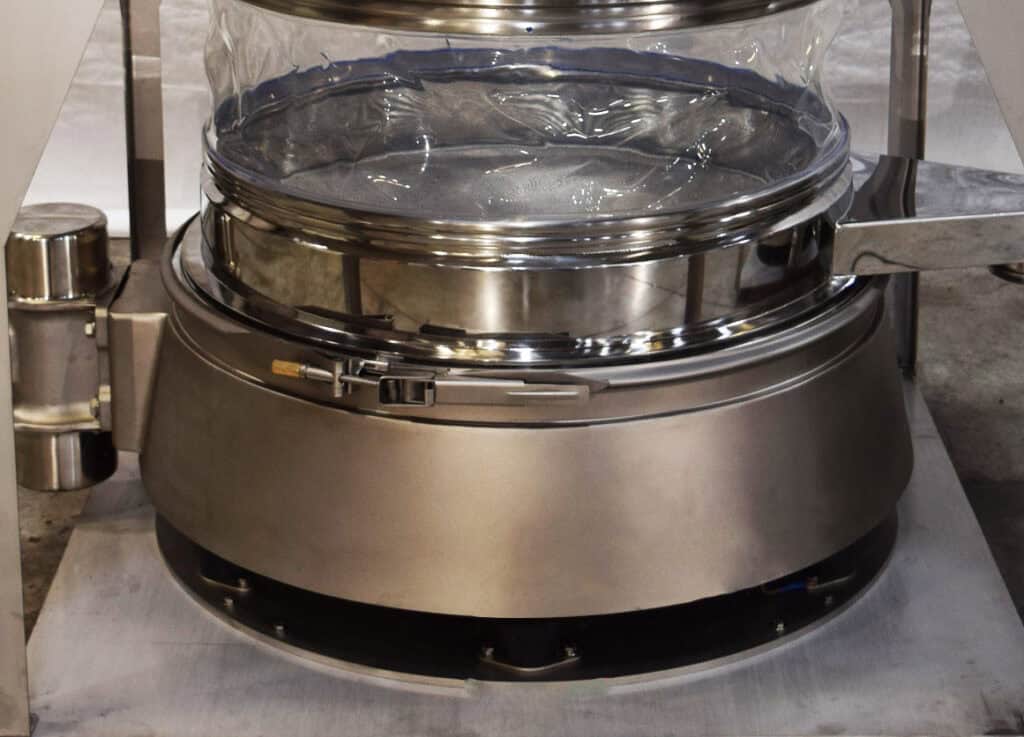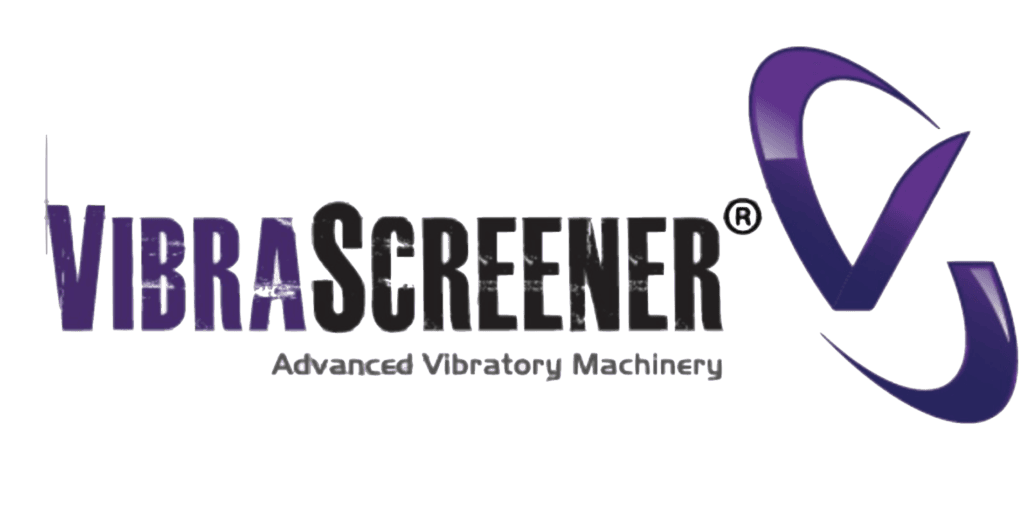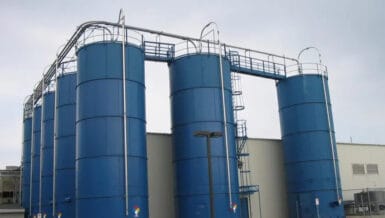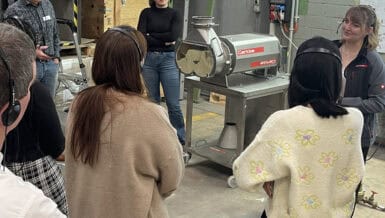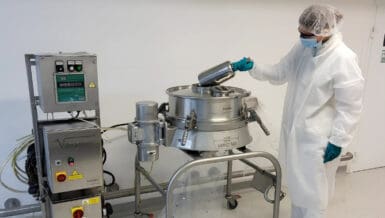Whether in the food, pharmaceutical, chemical, or manufacturing sector, selecting the right industrial sieve requires careful consideration of several key factors.
At VibraScreener™, we specialize in designing industrial vibratory sieves and separators that enhance screening efficiency and improve workflow. This guide explores the essential features to look for in industrial sieves to help you make an informed decision.
Understanding Industrial Sieving Equipment
Sieving equipment is used to separate particles of different sizes, remove impurities, and enhance material consistency in manufacturing processes. These sieves are essential in industries such as:
· Food & Beverage: Ensuring purity and uniformity in powders, grains, and liquids
· Pharmaceuticals: Filtering active ingredients and excipients for compliance
· Chemicals & Plastics: Refining materials and eliminating contaminants
· Metallurgy & Mining: Classifying minerals and separating fine powders
Industrial sieves come in various forms, including vibratory sieves, centrifugal sifters, ultrasonic sieves, and gyratory sifters, each tailored to specific applications and material properties.
Material and Build Quality: Ensuring Durability
The durability of sieving equipment largely depends on the materials used in its construction. High-quality industrial sieves are typically made from stainless steel or high-grade alloys to withstand harsh operating conditions. Key factors to consider include:
· Corrosion Resistance: Essential for industries handling chemicals, food, and pharmaceuticals
· Sanitary Design: Smooth, crevice-free surfaces to prevent contamination and bacterial growth
· Heavy-Duty Construction: Ensures longevity and performance in high-capacity operations
VibraScreener™ manufactures sieving solutions that meet stringent industry standards, providing long-lasting durability and optimal performance.
Mesh Types and Configurations: Finding the Perfect Fit
The efficiency of an industrial sieve depends on the mesh type and configuration. Choosing the right mesh impacts throughput, separation accuracy, and clogging resistance. Consider:
· Standard Mesh Sizes: Defined by industry standards to ensure precise particle separation
· Wire Mesh vs. Perforated Plates: Wire mesh offers finer screening, while perforated plates handle larger materials
· Ultrasonic Sieving Technology: Prevents clogging and enhances fine particle separation
For applications requiring ultra-fine filtration, VibraScreener™ provides ultrasonic sieves that use high-frequency vibrations to break down agglomerated particles and improve screening efficiency.



